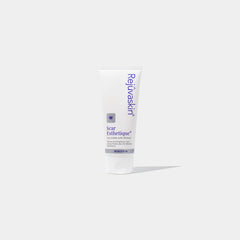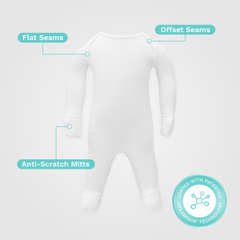We pride ourselves on making effective skincare products. This is especially important for your patients that are recovering from C-sections and want to eliminate the texture and discoloration of their scar. The key is in the ingredients and the science.
PHASE 1
When you get a cut or have some sort of surgery, it takes time for the wound to heal and scar to form. After a wound closes, excessive water loss occurs for up to two years so that the skin has time to reform itself. The process of water evaporating through the skin is known as trans-epidermal water loss (TEWL).
PHASE 2
As the skin attempts to heal itself, excessive TEWL causes the skin to dehydrate which tells the cells in the skin to produce collagen. The more water loss that occurs, the more excess collagen is produced.
PHASE 3
When too much collagen is formed, it causes raised scarring. The collagen is trying to thicken that part of the skin to reduce water loss. If left untreated, the thickened section will form abnormal scarring such as a keloid or hypertrophic scar.
PHASE 4
When a silicone sheet or silicone scar gel is applied to the scar, it stops water loss and reduces collagen production. This can result in a softer, flatter scar and helps protect against bacteria.




















